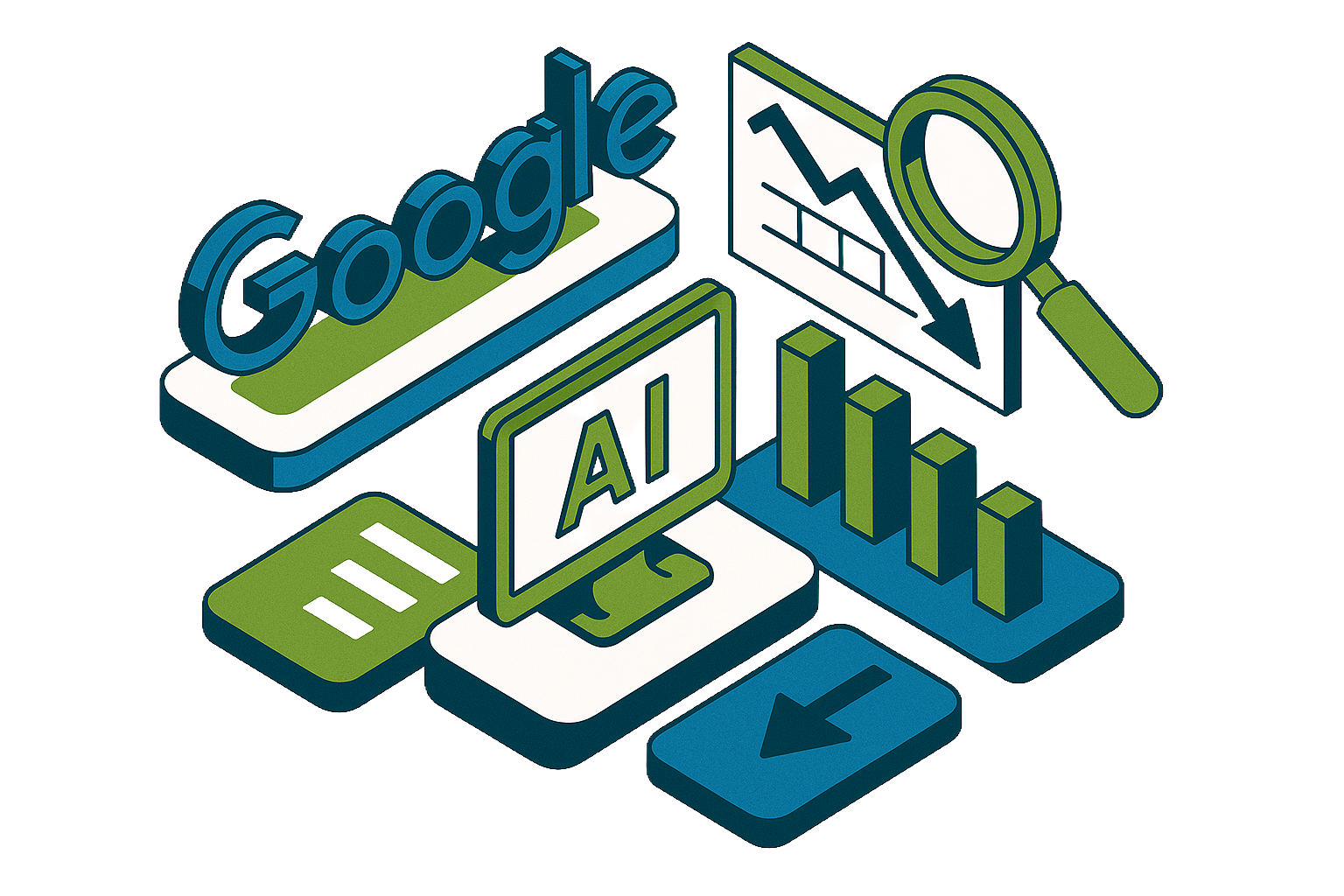Inbound Lead Generation
How to leverage your firm's growth goals, marketing strategy, and marketing automation to generate qualified leads.
2 min read
Christine Hollinden : Jun 16, 2023 11:54:25 AM

By now, you are most likely aware that Google is implementing a major shift in Google Analytics. Effective July 1, 2023, all data and processing in Google Universal Analytics (UA) will cease and Google Analytics 4 (GA4) will take its place. GA4 is not a mere update, it is an evolution in how user data will be processed and interpreted.
Are You Impacted?
The very first thing to know in this transition is whether or not your firm’s Google Analytics is in the crossfire. Here’s how to tell:
However, there’s one caveat: If you previously dismissed this notification, it will not reappear.
The Bottom Line:
The Difference Between UA and GA4:
Google calls GA4 the “future of measurement.” It has actually been in existence since 2020 and early adopters have benefited from its power. GA4 tracks information across touchpoints, meaning it provides a holistic view of the customer lifecycle regardless of what platform is used (desktop, laptop, tablet, mobile). UA was built around desktop users, relying on data from cookies and independent sessions. GA4, on the other hand, operates across platforms and uses an event-based data model to collect information. For example, consider a series of interactions such as button clicks, video views, or purchases. GA4 tracks these interactions, providing more comprehensive and granular data.
Another difference is GA4 doesn’t fragment data like its predecessor. Its data-driven attribution improves ROI by calculating the contribution of every click and understanding how marketing strategies influence conversions. GA4 also measures engagement according to business and compliance needs and allows the management or minimization of the data collected. To. put that in layman’s terms, GA4 gives you control over the quality of the data and insights received.
What’s Next?
If your firm is being impacted, you must switch before July 1, 2023, to preserve your analytics data. UA will stop processing information on that date. The earlier you transition to GA4, the better. While migrating all current data to GA4 is not possible due to different data models, utilizing Google’s ‘dual-tagging’ feature should prevent data loss. Dual-tagging collects raw data on both GA4 and UA until the deadline, creating an inventory of information to reference.
Step-by-Step.
Google provides a step-by-step guide to switching to GA4. However, setting up a GA4 property is only part of the process. The GA4 ID must be added appropriately to your website which may require some technical expertise, depending upon the content management system or hosting solution being used. Finally, once the GA4 ID is implemented, make sure it is tracking properly. Translation? Don’t wait until June 30th to make the switch.
Have questions? Contact us. We’re happy to help!
The Hollinden Point of View brings you monthly insights tailored to helping you grow your firm.

How to leverage your firm's growth goals, marketing strategy, and marketing automation to generate qualified leads.

Google's Head of Search Sparks Industry Debate On August 6, 2025, Liz Reid, Google’s Vice President and head of Google Search, addressed a growing...

For the first time in nearly a decade, Google’s global search market share slipped under 90%. Apple confirmed that Google search volume declined for...